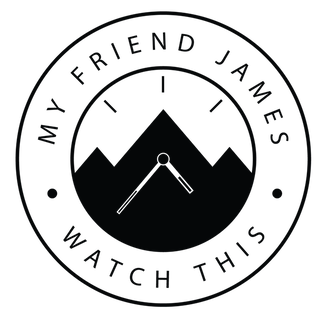Mapping the Highlands–How are we doing it?
We are trying to combat the contemporary threats to the Highlands of Iceland. Threats like climate change, renewable energy (hydro, wind, geothermal), and recreation (e.g. 4x4 off-road driving). We are generally using four different categories of methods that were created using the Scottish National Heritage (SNH) methodology in order to protect the Highlands.
1. Perceived Naturalness of the Land Cover
We used local data on land cover from Nytjaland forsiõa and Landnyting 2016 datasets. This was achieved by reclassifying the data into five equivalent naturalness classes in SNH. We then modified the naturalness categories in that land cover dataset for uses in Iceland.
As you can see from our map, much of the land is a Naturalness Class 5, meaning it’s very wild. But, there are some areas that are cultivated and grazed.
.
2. Absence of Modern Human Artefacts
This method is based on a viewshed model (ArcticDEM, 10m National Land Survey of Iceland DEM and OSM)–in other words, we are using terrain data with human features such as roads, airstrips, harbors, buildings, farms, etc., to work out the areas that these impacts can be quantified into.
Through this method, we used Drangajökull, where a dam was proposed to be built. There are obvious changes from a dam, thus this model was able to show us visual impacts from both pre-dam construction and post-dam construction.
3. Rugged and Challenging Nature of the Terrain
This method is based on the terrain model data, similar to noting the absence of modern human artifacts method. It is simply calculated from a statical model (the terrain from the DEM, to be specific), which looks at the overall ruggedness of that landscape. This is then generalized to 250m to create a roughness index.
4. Remoteness from Mechanized Access
Lastly, this method is a combination of terrain and mechanized access features, meaning the limited number of roads and, also, the principal boat landing points around the peninsula to create this dataset. This enabled us to generate some time access contours; the contours seen on the map are in terms of walking time in hours. But, be warned that some of these times may be optimistic (aka, measured by strong walkers).
Moving Forward:
From these four methods, we are then able to bring the criteria together to create the multi-criteria model which shows the existing patterns of wilderness quality from the maps we are creating and producing.
In order to look at the impact areas, we need to classify these areas: (1) core, (2) buffer, and (3) edge. This methodology is rigorous, robust, and repeatable. The post-industrialized maps of Iceland display how these areas are impacted. For instance, remoteness from mechanized access would be heavily impacted, and GIS mapping has the abaility to capture the increased regions of mechanized access areas. Ultimately, the maps, through GIS mapping, show significant decrease in size of wilderness areas.
Thus, these maps are critical to being able to present data that shows the specific impact that the Highlands of Iceland will have if we allow it to become industrialized. As we’ve mentioned, Map it or Lose it!





